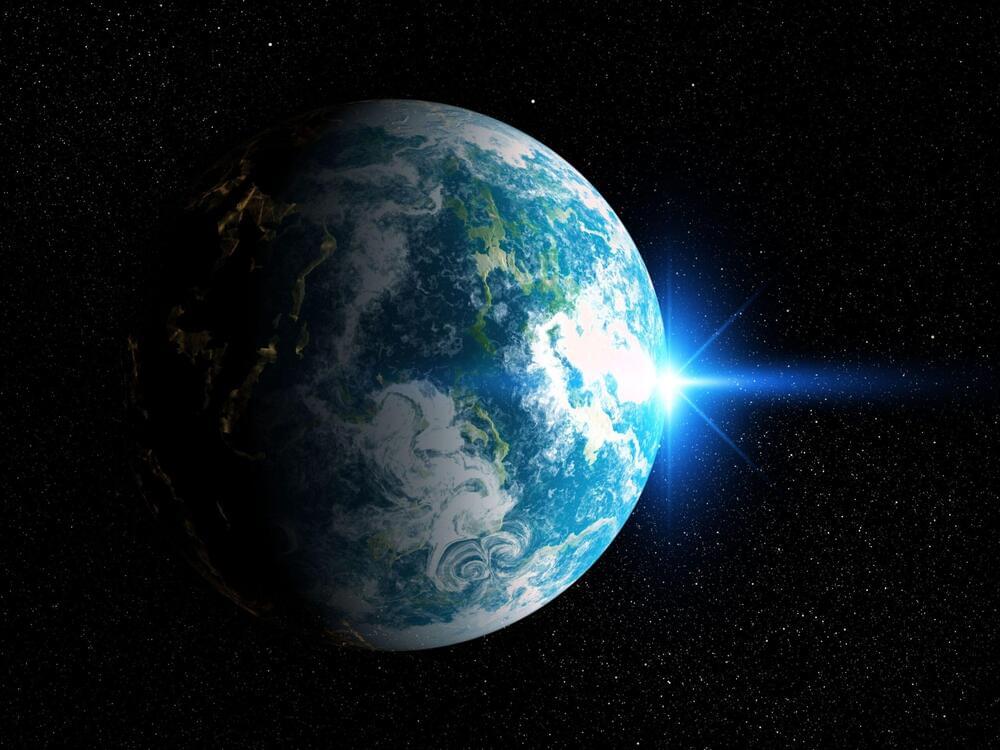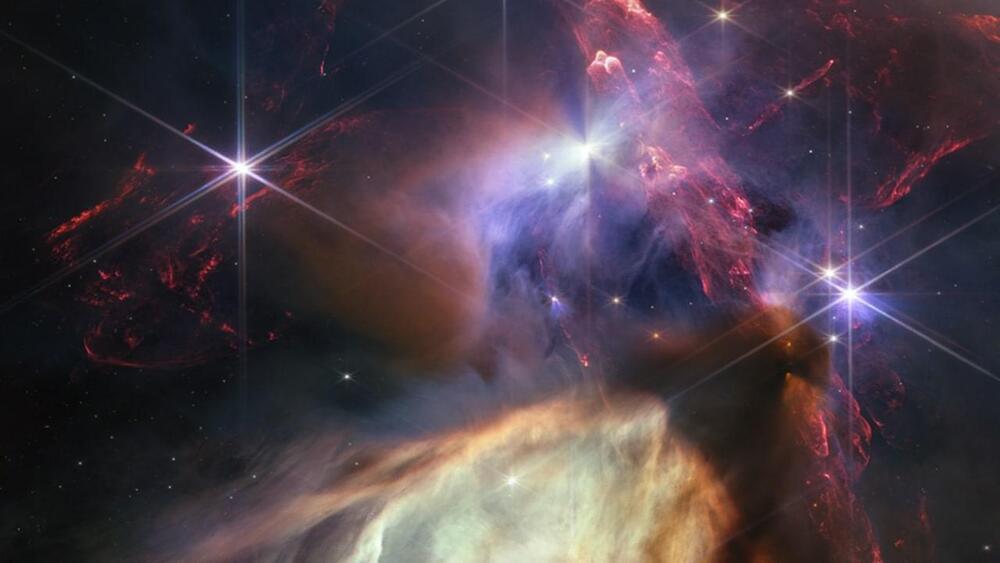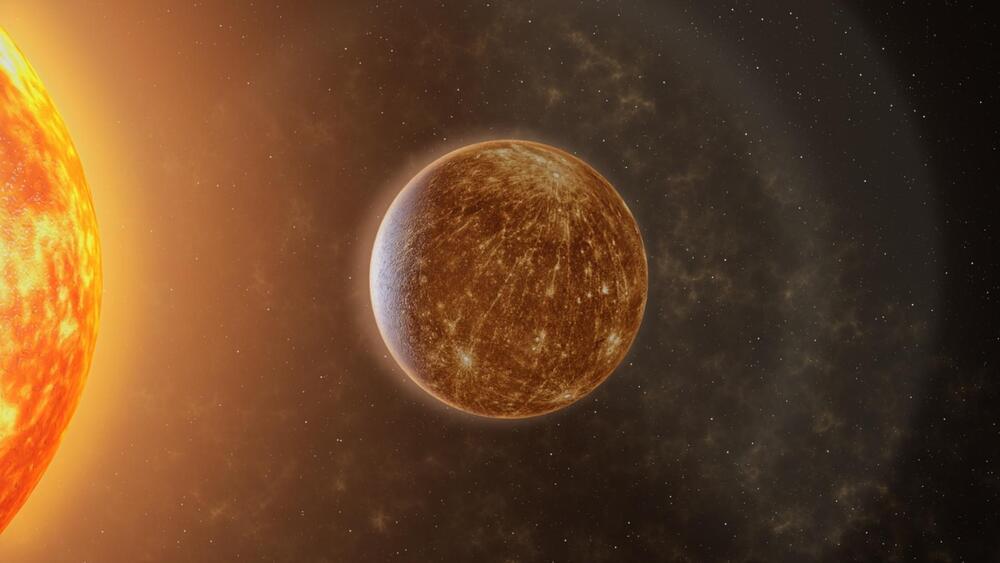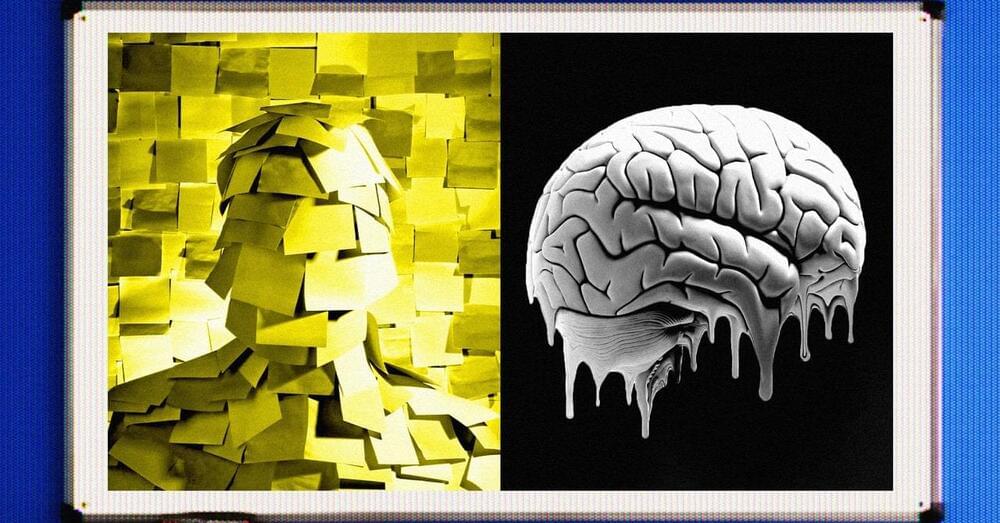The scientific community has discovered a new planet. It is located 245 light-years away from Earth and has been named TOI-733b. Its size is slightly less than twice the radius of Earth. It has a unique feature: its atmosphere. For now, experts have presented two possibilities. The first is that it may have lost its atmosphere layer. The second is that it could be a “highly irradiated oceanic world.”
This is stated in a study published by the specialized astronomy journal Astronomy & Astrophysics. In the study, it is detailed that this new planet has a density of 3.98 grams per cubic centimeter. To give an idea, it is slightly lower than Earth’s density, which is 5.51 grams per cubic centimeter, but higher than that of our neighbor Mars.
Another point mentioned in the Astronomy & Astrophysics article is that this planet orbits a star slightly smaller than the Sun and completes its orbit in a total of 4.9 days. It is this proximity to the star that serves as an explanation for the first of the two scenarios that scientists have proposed regarding its atmosphere.







